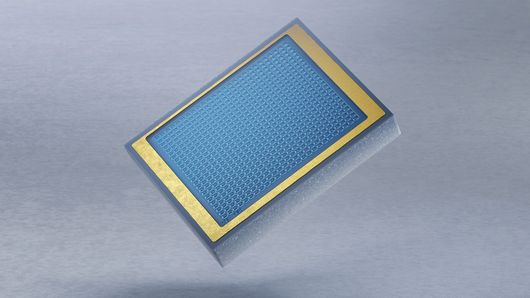Automotive technologies can leverage the power of VCSELs (Vertical-Cavity Surface-Emitting Laser) for all sorts of sensor applications inside and outside the cabin. Driver monitoring systems, cabin interior monitoring, illumination, smart lighting, LiDAR, autonomous driving, and Advanced Driver-Assistance Systems (ADAS) are just a few examples of emerging applications in the industry.
Using VCSEL laser technology for advanced automotive 3D sensing
Contact








